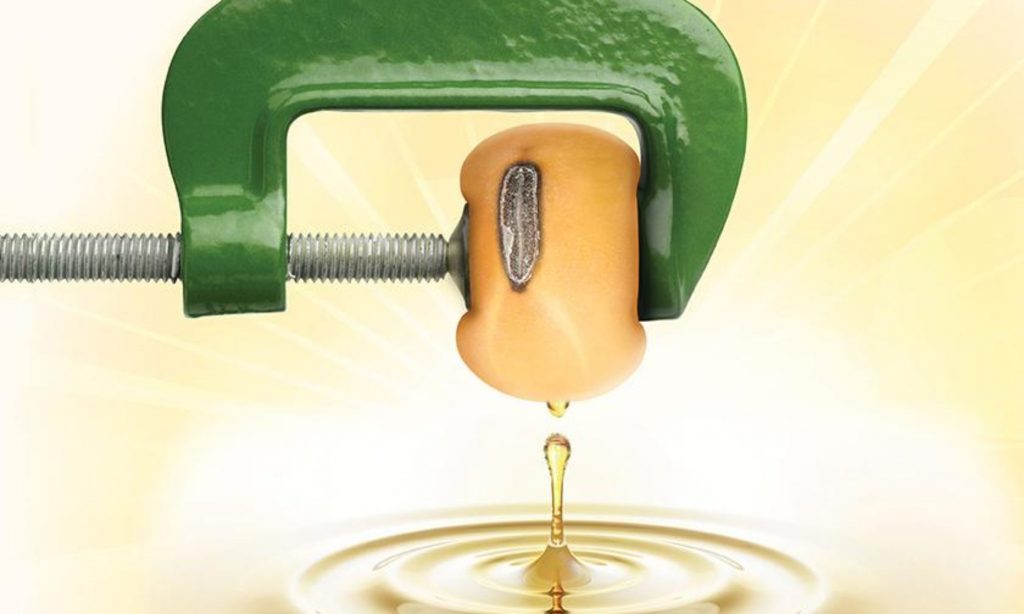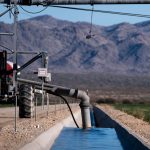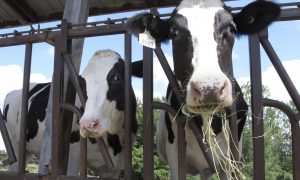
The soybean processing industry is entering a new era driven by the demand for low-carbon fuels like renewable diesel, which can be made with tallow, recaptured vegetable oil, canola oil, and of course, soybean oil. This push for more sustainable fuel is helping drive the rapid expansion of new soybean crushing facilities across the U.S.
According to the American Soybean Association (ASA), 23 soybean processing plant expansions and new builds have been announced, adding nearly 750 million bushels per year in crush capacity. Many of the crush plant announcements are being driven by the growth in renewable diesel. Of the 23 crush plant announcements, 13 are for new plants and 10 are for expansion of current plants, at least two of which have been completed. If projections are on target, the extra demand for soybeans could push prices an estimated 13% higher in the coming years.
While higher soybean prices might sound like bad news for dairy farmers in terms of feed costs, Dan Basse, president of AgResource Company, argues that the new facilities could actually be beneficial to the dairy industry.
“Our soybean crushing capacity could increase by 26% over the next two years,” Basse said during a recent Professional Dairy Producers Dairy Insights Summit. “I just don’t know what this country is going to do with all of the soybean meal that comes from making renewable diesel.”
Soybean meal, a byproduct of soybean oil production, is a critical, high-protein feed ingredient many dairy producers use to help feed their cattle.
“One of the things dairy farmers need to figure out is how to feed their cows more soybean meal while still keeping their production and component levels up, because I think soybean meal is going very, very cheap two to three years from now,” Basse says.
According to the ASA, the U.S. currently has around 60 crushing plants with a total practical capacity of nearly 2.2 million bushels per year. Crushing plants have historically been concentrated in two geographic areas. The first is in the traditional, major soybean-producing region from Ohio west to Missouri and up north to Minnesota. The other, smaller area was the Southeast Seaboard. While fewer soybeans are produced in this part of the country, the area contains a significant poultry population that consumes soybean meal.
Basse states that dairy producers who live near a current or future soybean crushing site may be able to capitalize on the increased production of soybean meal. Sites that are projected to be built in the coming years are primarily located west and north of previous plants.

States that are expected to see new soybean processing plants include:
- Iowa
- Illinois
- Kansas
- Minnesota
- Missouri
- North Dakota
- Nebraska
- South Dakota
- Wisconsin
States that are expected to expand current plants include:
- Iowa
- Illinois
- Louisiana
- Ohio























